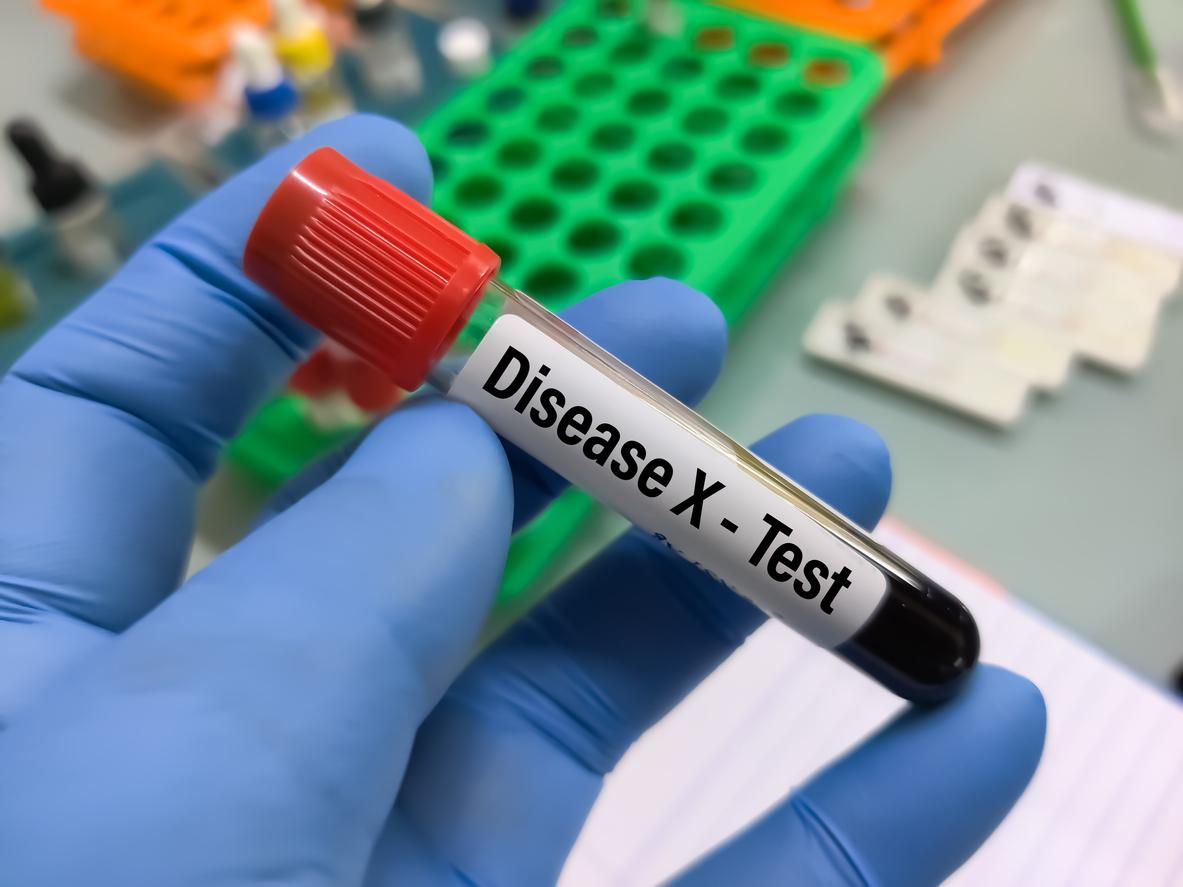On the occasion of World Acromegaly Day on November 1, an Ifop study carried out for Pfizer reveals that this growth disease remains largely unknown.
Acromegaly is a disease that affects approximately 1 person in 15,000 to 25,000 in France. It is more common in women but can occur in all types of populations. It is also called Pierre Marie’s disease, after the name of the person who discovered it. Recently, an Ipsos barometer carried out for Pfizer focused on knowledge of acromegaly. It emerged that 82% of French people did not know what it was.
It is characterized by hypersecretion of growth hormone and can occur at two times, with different consequences. If it occurs before puberty, it is manifested by having a very large size. If it occurs after puberty, it is more the extremities (hands, feet) and the face that take on an exaggerated size.
It can also lead to thickening of the bones, enlargement of muscles and organs (including the heart), and higher levels of sugars and fats in the blood. In fact, the hope of patients may be reduced. An average loss of 10 years without treatment is estimated. Acromegaly has thyroid, rheumatological, cardiovascular, respiratory, gynecological and metabolic consequences.
Most of the time, acromegaly is related to the “enlargement” of the pituitary gland, whose cells multiply and produce too much growth hormone. It is frequently caused by a benign tumor, a pituitary adenoma. Unfortunately, the insidious onset of symptoms (often between the ages of 30 and 40) often makes this disease difficult to diagnose. Especially since the latter are common: fatigue, hypertension, diabetes, joint pain… The “Acromegaly, not only” patient association believes diagnostic wandering between 4 and 10 years.
Sources:
- Pfizer Ipsos survey, October 21, 2021.
- CHU Lyon
What are the symptoms of acromegaly?
If acromegaly is not taken care of quickly, it can lead to severe cardiac and respiratory complications, causing a reduction in life expectancy of 10 years. The main symptoms are:
- Tiredness
- high blood pressure
- Diabetes
- A gradual increase in facial volume.
- A widening of the feet with an increase in the size of the shoes.
- The chin becomes protruding and the teeth gradually move apart.
- Back and joint pain.
- A curvature of the spine (scoliosis).
- Carpal tunnel syndrome.
How is acromegaly treated?
Acromegaly does not heal spontaneously. If left untreated, symptoms worsen, leading to cardiovascular complications. The heart, which increases in volume, has trouble functioning and in some cases even risks stopping. In addition, people with acromegaly have an increased risk of developing cancer because growth hormone stimulates the growth of all cells, including cancer cells.
The preferred treatment is to remove the tumor on the pituitary gland (called a pituitary adenoma). Generally, it can be removed nasally without the need to open the skull. The operation can restore normal secretion of growth hormone in 80 to 90% of people with a sufficiently small adenoma. On the other hand, this result is only obtained in 50 to 60% of people who have a large adenoma (greater than 1 cm).
When the ablation of the tumor is incomplete, a treatment makes it possible to reduce the production of growth hormones. This most often makes it possible to obtain stabilization of the disease, but the bone deformities will remain irreversible.
To reduce the size of the tumor in case of recurrence or if surgery is not possible, radiotherapy is possible. Acromegaly can only be cured if the adenoma has been completely removed by surgery. That said, former patients will have lifelong medical follow-up.















